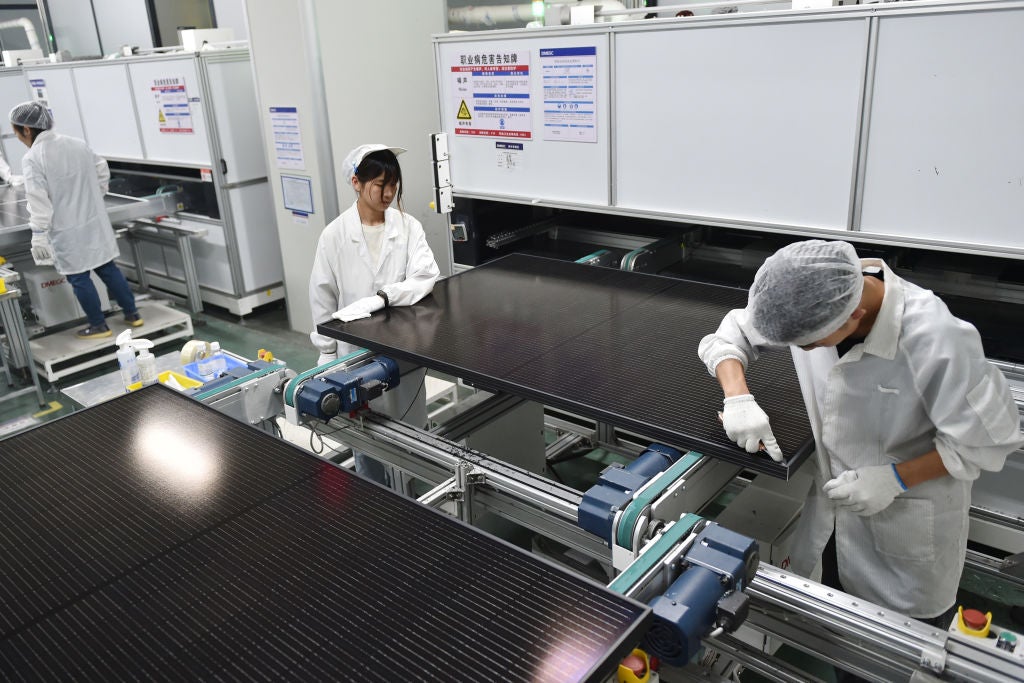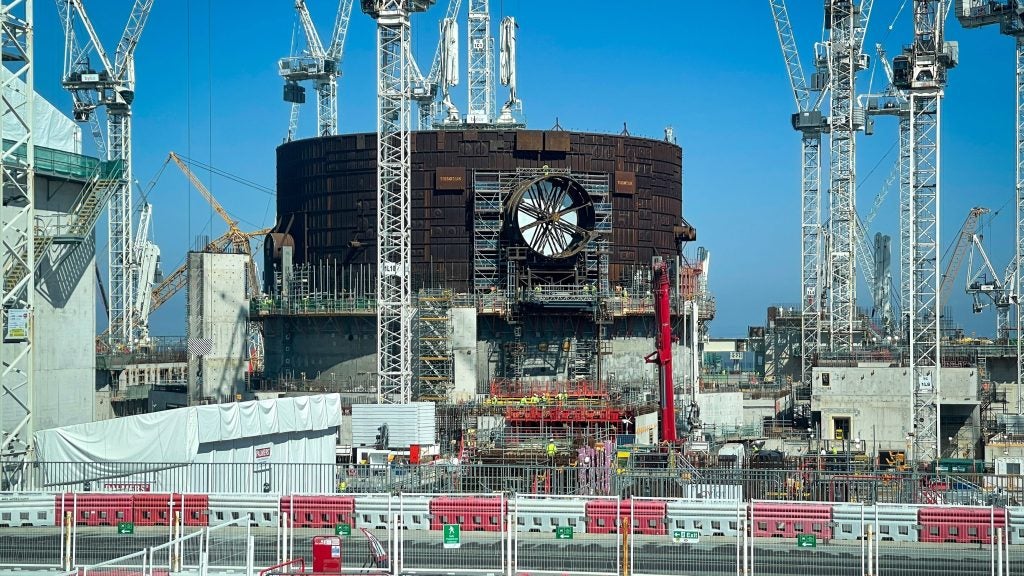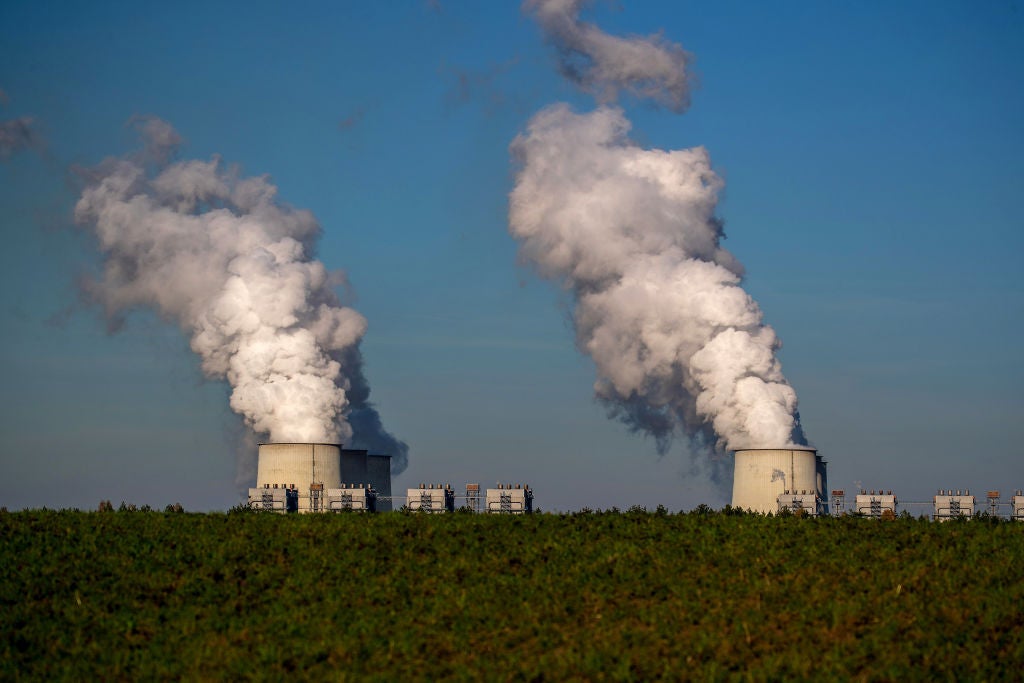
Clean energy technology manufacturing, an essential cog in the energy transition, has rapidly expanded in the past year, according to the International Energy Agency (IEA). The IEA’s latest report, The State of Clean Energy Manufacturing, takes stock of how far along current developments are to reach net zero by 2050.
If all announced manufacturing projects are built, solar PV and battery manufacturing are on track to meet the 2030 needs of the IEA’s Net Zero Emissions by 2050 Scenario. However, the other three energy technologies the IEA analysed are lagging. Wind, heat pumps and electrolysers still need significant investments in manufacturing to make the target.
Wind, heat pumps and electrolysers not yet meeting the target is not necessarily a bad thing, according to the IEA. Data shows that in 2022, all technologies showed rapid growth compared with the year before. Battery manufacturing grew by 72%, solar PV by 39%, electrolysers by 26%, heat pumps by 13% and wind by 2%. Thanks to supportive policies, corporate strategies and growing demand, projects do not take long to develop. Especially compared with some other steps in the clean energy supply chain, such as the extraction of minerals. It takes, on average, 16.5 years to develop a mine from the discovery to the operational phase.
At the same time, manufacturing faces some of the same issues that other parts of the supply chain face; just a few countries are responsible for the majority of clean energy technologies manufacturing. China is currently responsible for more than half of the manufacturing of solar PV, batteries and wind technologies.
Keep up with Energy Monitor: Subscribe to our weekly newsletterSee Also:
“If we look at the projects that are currently under construction or planned worldwide, China is set to strengthen its leading position in key clean energy technologies,” said Fatih Birol, executive director of the IEA, in a press release. “There is a need for effective international cooperation and further diversification to ensure secure and resilient technology supply chains, meet the world’s climate goals and enable all countries to enjoy the economic benefits of the new global energy economy.”
Thanks to new policies, namely the US’s Inflation Reduction Act and the EU’s Net-Zero Industry Act, the EU and the US would be able to slightly close the manufacturing gap with China if all planned projects come to fruition. According to the IEA, the EU would be self-sufficient for its battery, electrolyser and heat pump needs and the US for its battery needs in 2030.
How well do you really know your competitors?
Access the most comprehensive Company Profiles on the market, powered by GlobalData. Save hours of research. Gain competitive edge.

Thank you!
Your download email will arrive shortly
Not ready to buy yet? Download a free sample
We are confident about the unique quality of our Company Profiles. However, we want you to make the most beneficial decision for your business, so we offer a free sample that you can download by submitting the below form
By GlobalDataDuring the 49th G7 summit, held in May in Hiroshima, Japan, leaders of the world’s major economies emphasised the need to diversify all aspects of the supply chain and the significance of secure, resilient, affordable and sustainable supply.
“The Covid-19 pandemic and the energy crisis have laid bare vulnerabilities in our supply chains, with significant impacts within and beyond our borders,” wrote the G7 leaders in a shared statement. “We share a goal to increase total investment in the clean energy manufacturing supply chain and accelerating the development and deployment of relevant technology.”
They added: “We put emphasis on scaling up investments globally into the manufacturing and installation of clean energy technologies and diversifying clean energy supply chains in a way that ensures they are secure, resilient, affordable, and sustainable, seeking to reduce and avoid undue dependency arising from geographically concentrated clean energy supply chains.”







